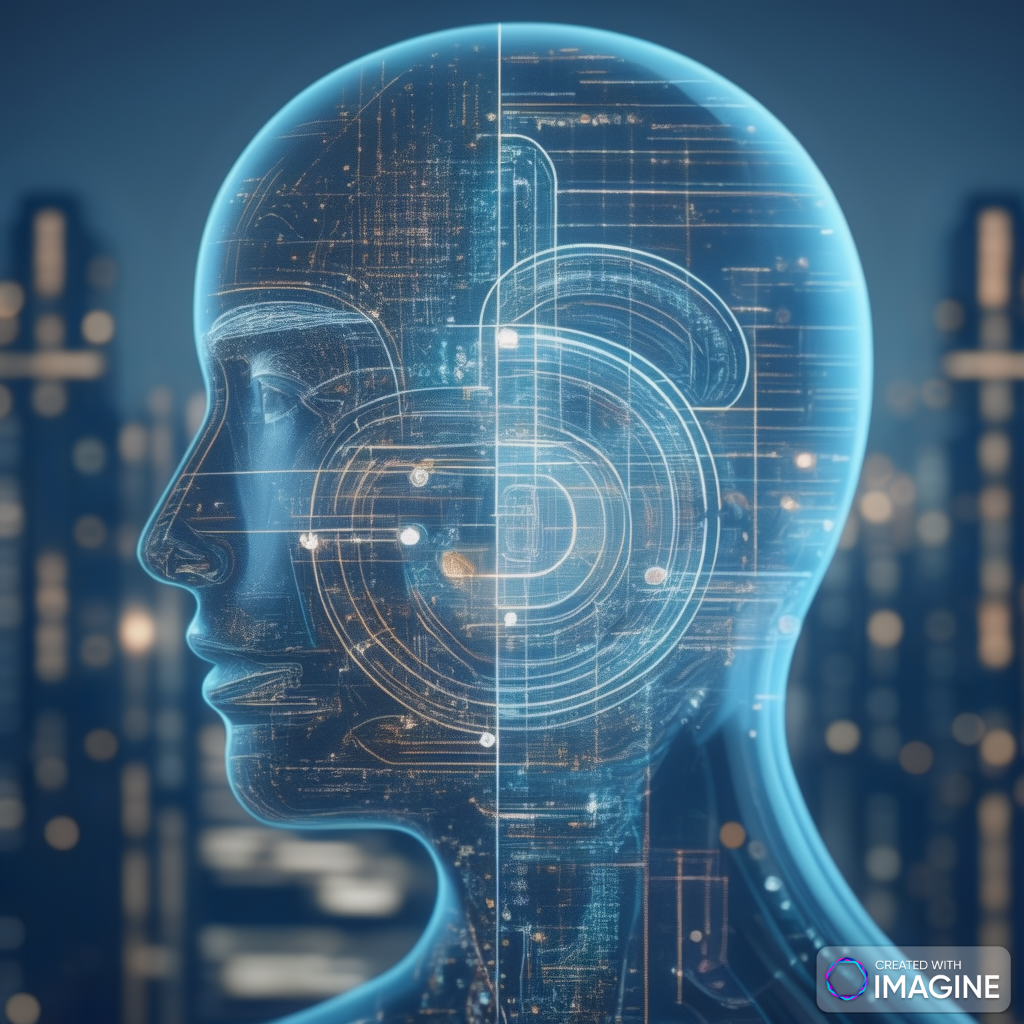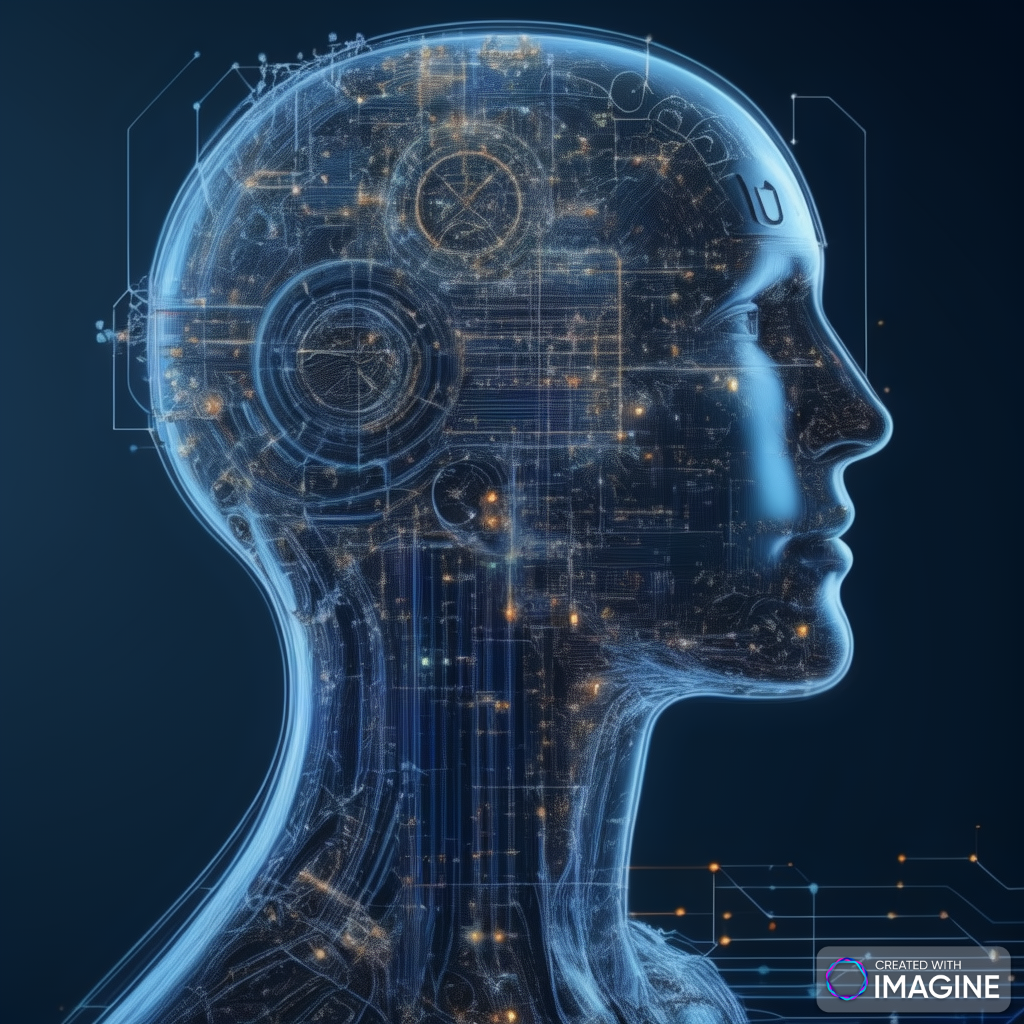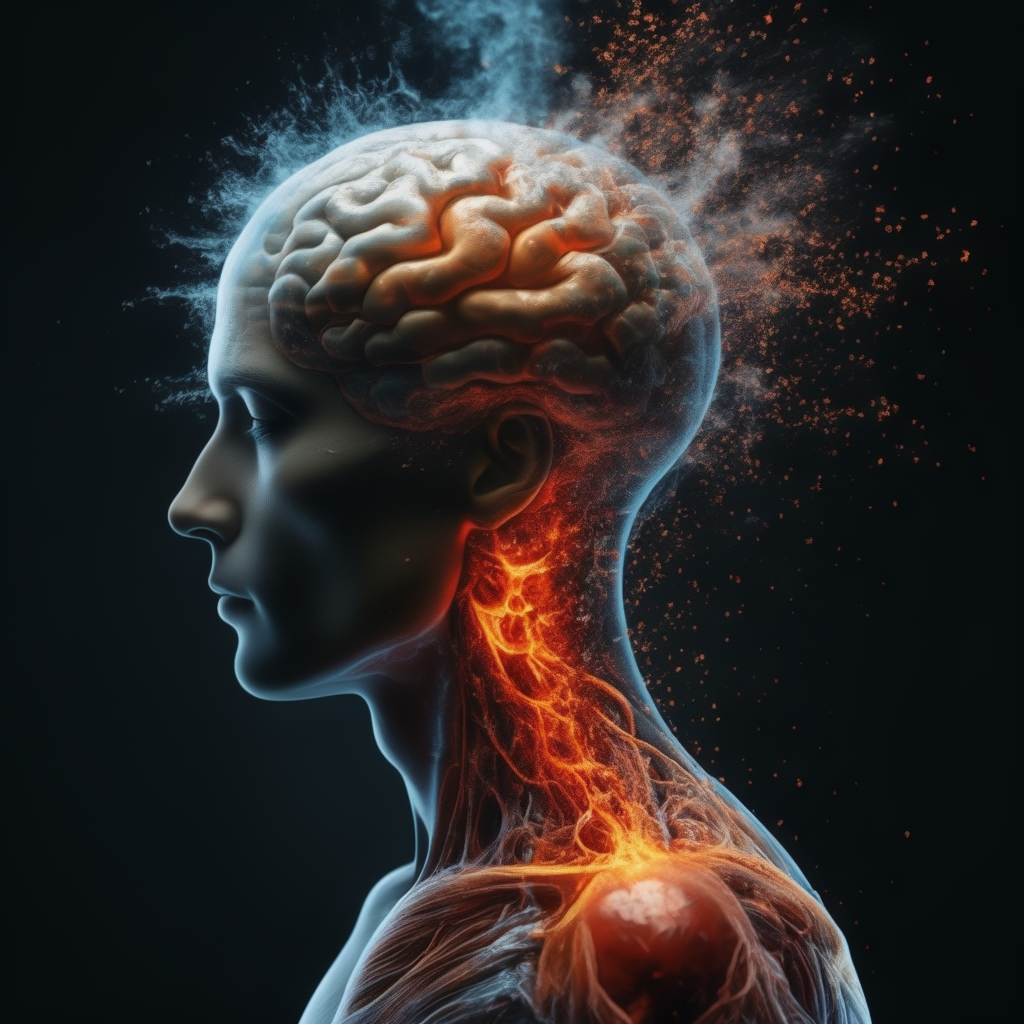In today’s digital age, YouTube has become a ubiquitous platform for entertainment, education, and exploration. With millions of videos available at our fingertips, the seamless experience of searching, streaming, and sharing belies the intricate machinery that powers the YouTube app. In this blog post, we’ll journey behind the scenes to unravel the complex infrastructure, engineering marvels, and scientific principles that drive the YouTube experience from search to screen.
YouTube, the world’s leading video-sharing platform, offers a seamless experience for users searching, streaming, and interacting with a vast array of content. Behind this user-friendly interface lies a sophisticated infrastructure and a wealth of engineering marvels that ensure smooth operation and optimal performance. In this comprehensive exploration, we delve deeper into the intricate machinery that powers YouTube, shedding light on lesser-known aspects and revealing the depth of innovation and technology that underpins the platform’s functionality.
Searching for Videos: Fetching and Displaying
- Keyword Search: It all begins when a user enters keywords into the YouTube search bar. Behind the scenes, sophisticated algorithms analyze the query, considering factors like relevance, popularity, and user preferences to fetch the most relevant videos from vast repositories.
- Backend Infrastructure: YouTube’s backend infrastructure comprises a distributed network of servers, data centers, and content delivery networks (CDNs) strategically positioned around the globe. This infrastructure ensures rapid access to data and minimizes latency, enabling seamless video playback regardless of geographic location.
- Data Storage: The fetched video data, along with metadata such as titles, descriptions, and thumbnails, is stored in massive databases distributed across multiple servers. These databases use advanced storage technologies like sharding and replication to ensure data redundancy, fault tolerance, and scalability.
- Displaying on Screen: Once the relevant videos are retrieved, YouTube’s front-end architecture kicks into gear. The app’s user interface (UI) dynamically renders thumbnails, titles, and descriptions based on the search results, optimizing for both desktop and mobile displays.
Video Playback: Delivering Seamless Streaming
- Content Delivery: When a user selects a video to watch, YouTube employs adaptive bitrate streaming to deliver the content efficiently. This technique dynamically adjusts video quality based on available bandwidth and device capabilities, ensuring smooth playback and minimizing buffering.
- Backend Technologies: Behind the scenes, YouTube leverages a combination of technologies such as HTTP Live Streaming (HLS), Dynamic Adaptive Streaming over HTTP (DASH), and Content Delivery Networks (CDNs) to deliver video content to users. These technologies optimize bandwidth usage, reduce latency, and enhance user experience.
- Engineering Marvels: YouTube’s engineering teams continuously innovate to improve video delivery efficiency and reliability. Techniques like edge caching, prefetching, and intelligent routing optimize data transmission paths, reducing latency and improving streaming performance.
- Scientific Principles: YouTube’s video compression algorithms, based on principles of signal processing and information theory, play a crucial role in optimizing video quality and file size. Advanced codecs like H.264, VP9, and AV1 balance compression efficiency with visual fidelity, ensuring high-quality streaming across diverse devices and network conditions.
Post-Playback: Managing User Sessions
- Session Management: When a user closes the YouTube app or stops watching a video, session management protocols come into play. User preferences, watch history, and session state are synchronized and stored securely in backend databases, enabling seamless continuity across devices and platforms.
- Data Analytics: YouTube leverages extensive data analytics and machine learning algorithms to analyze user behavior, preferences, and engagement metrics. Insights gleaned from this data inform content recommendations, personalized playlists, and advertising targeting, enhancing the overall user experience.
- Privacy and Security: YouTube places paramount importance on user privacy and data security. Robust encryption protocols, access controls, and data anonymization techniques safeguard user information and mitigate risks of unauthorized access or data breaches.
Data Retrieval and Processing:
- Natural Language Processing (NLP): YouTube employs advanced NLP algorithms to understand user queries, taking into account factors like context, intent, and semantics. This enables more accurate search results by identifying relevant videos even when the query is ambiguous or colloquial.
- Semantic Analysis: Beyond keyword matching, YouTube’s systems analyze the semantic meaning of videos and user queries using techniques such as latent semantic analysis (LSA) or word embeddings. This allows the platform to surface videos that may not contain exact keyword matches but are contextually relevant to the user’s interests.
Backend Infrastructure and Data Storage:
- Distributed File Systems: YouTube’s backend relies on distributed file systems like Google File System (GFS) or Colossus, which distribute data across multiple servers for redundancy, scalability, and fault tolerance. This ensures that video files are stored securely and can be accessed quickly by users worldwide.
- Bigtable and Data Warehousing: YouTube utilizes Google’s Bigtable and data warehousing solutions to store and analyze vast amounts of metadata associated with videos, users, and interactions. These systems enable real-time analytics, content recommendations, and personalized experiences for millions of users simultaneously.
Video Delivery and Streaming:
- Adaptive Bitrate Streaming (ABR): A key component of YouTube’s video delivery is ABR, which dynamically adjusts video quality based on available bandwidth and device capabilities. This ensures smooth playback even under fluctuating network conditions, minimizing buffering and maximizing user satisfaction.
- Content Distribution Networks (CDNs): YouTube partners with CDNs worldwide to cache and deliver video content closer to users, reducing latency and improving streaming performance. Edge servers strategically located in various regions ensure that users receive content from the nearest and most efficient source.
Advanced Technologies and Innovations:
- Machine Learning and Recommendation Systems: YouTube leverages machine learning algorithms to power its recommendation systems, which analyze user behavior, preferences, and engagement metrics to suggest relevant videos. Deep learning models, such as neural collaborative filtering, continuously refine recommendations, enhancing user engagement and retention.
- Live Streaming Infrastructure: YouTube’s live streaming infrastructure enables seamless broadcasting of live events to millions of viewers worldwide. This involves specialized protocols, low-latency streaming technologies, and robust backend support to handle the massive scale and unpredictability of live broadcasts.
User Interaction and Engagement:
- Real-Time Analytics: YouTube provides creators and advertisers with real-time analytics dashboards, allowing them to track performance metrics, audience demographics, and engagement patterns. This data empowers content creators to optimize their strategies and tailor content to their audience’s preferences.
- Community Features: YouTube fosters community engagement through features like comments, likes, and shares, facilitating interaction between creators and viewers. Advanced moderation tools and algorithms help maintain a positive and inclusive environment while mitigating issues like spam or abusive content.
Security, Privacy, and Compliance:
- Content Moderation: YouTube employs a combination of automated systems and human moderators to enforce community guidelines and prevent the spread of harmful or inappropriate content. This involves machine learning models for content classification, sentiment analysis, and image recognition, coupled with manual review processes for complex cases.
- Data Protection and Compliance: YouTube adheres to strict data protection regulations and privacy standards, ensuring that user data is handled responsibly and transparently. Compliance frameworks such as GDPR and CCPA govern data collection, storage, and processing practices, safeguarding user privacy rights.
Continuous Improvement and Innovation:
- Research and Development: YouTube’s engineering teams continuously explore new technologies, conduct research, and innovate to enhance the platform’s capabilities and user experience. This includes experimenting with emerging technologies like virtual reality (VR), augmented reality (AR), and interactive video formats to push the boundaries of online content creation and consumption.
- User Feedback and Iteration: YouTube solicits feedback from users, creators, and advertisers through surveys, user testing, and feedback channels, incorporating valuable insights into product development and iteration cycles. This iterative approach ensures that new features and updates align with user needs and preferences, driving continuous improvement.
Enhanced Data Processing and Analysis:
- Sentiment Analysis: In addition to natural language processing (NLP), YouTube employs sentiment analysis algorithms to gauge the emotional tone of user comments, feedback, and interactions. This nuanced understanding of sentiment helps improve content recommendations and enhances user engagement by surfacing videos that resonate with their emotional preferences.
- Contextual Understanding: YouTube’s systems are equipped with contextual understanding capabilities, allowing them to interpret user queries within the broader context of their viewing history, preferences, and browsing patterns. This contextual intelligence enables more personalized and relevant search results, catering to individual user needs and interests.
Cutting-Edge Backend Technologies:
- Edge Computing: YouTube harnesses the power of edge computing to optimize video delivery and reduce latency for users accessing content from remote locations. Edge servers located at network edges cache frequently accessed videos and perform on-the-fly processing, minimizing round-trip times and enhancing streaming performance.
- Quantum Computing Research: As part of its commitment to pushing the boundaries of technology, YouTube invests in quantum computing research to explore novel algorithms and optimization techniques for complex data processing tasks. Quantum computing holds the promise of exponentially faster computation speeds, potentially revolutionizing video analysis, recommendation systems, and content delivery in the future.
Innovative Video Streaming Solutions:
- Interactive Video Formats: YouTube is exploring interactive video formats that allow viewers to engage with content in new ways, such as branching narratives, choose-your-own-adventure experiences, and interactive overlays. These innovative formats enhance user engagement and immersion, transforming passive viewing into interactive storytelling experiences.
- Multi-Stream Delivery: To accommodate the growing demand for live streaming and high-resolution video content, YouTube is developing multi-stream delivery solutions that leverage parallel transmission paths to deliver multiple video streams simultaneously. This technology enables seamless switching between camera angles, resolutions, and audio tracks during live broadcasts, enhancing viewer flexibility and engagement.
Advanced Content Moderation and Safety Measures:
- Audiovisual Content Analysis: YouTube employs state-of-the-art audiovisual content analysis algorithms to identify and flag potentially harmful or inappropriate content in videos. These algorithms analyze audio, visual, and textual elements to detect signals of violence, hate speech, misinformation, or copyright infringement, ensuring a safe and welcoming environment for users.
- Deepfake Detection: With the rise of deepfake technology, YouTube invests in deepfake detection mechanisms that can distinguish between authentic and manipulated video content. These detection algorithms analyze facial movements, speech patterns, and other contextual cues to identify signs of digital manipulation, safeguarding the integrity of the platform and protecting users from misinformation.
Ethical AI and Bias Mitigation:
- Fairness and Bias Detection: YouTube is committed to ensuring fairness and impartiality in its algorithms and recommendation systems. To mitigate biases and ensure equitable treatment of diverse content creators and audiences, YouTube invests in bias detection and mitigation techniques that identify and address algorithmic biases related to race, gender, ethnicity, or other demographic factors.
- Explainable AI: As part of its efforts to promote transparency and accountability, YouTube explores explainable AI techniques that provide insights into how algorithms make decisions and recommendations. By making AI processes more interpretable and understandable, YouTube aims to foster trust and confidence among users and content creators, empowering them to make informed decisions about their online experiences.
Continuous Learning and Adaptation:
- User-Centric Design Thinking: YouTube embraces user-centric design thinking principles to iterate and evolve its platform in response to user feedback and evolving needs. Through user testing, usability studies, and feedback loops, YouTube continually refines its features, interfaces, and functionalities to deliver a seamless and intuitive user experience.
- Cross-Disciplinary Collaboration: YouTube fosters cross-disciplinary collaboration between engineers, data scientists, designers, and domain experts to tackle complex challenges and drive innovation. By leveraging diverse perspectives and expertise, YouTube’s teams develop holistic solutions that address technical, ethical, and user experience considerations, ensuring the platform remains at the forefront of online video technology.
In conclusion, the seemingly effortless experience of browsing, searching, and streaming on YouTube belies the intricate machinery operating behind the scenes. From sophisticated algorithms and distributed infrastructure to advanced technologies and continuous innovation, YouTube’s success hinges on a delicate balance of engineering prowess, scientific principles, and user-centric design. As we unravel the hidden complexity of YouTube’s operation, we gain a deeper appreciation for the scale of its impact and the depth of its technological sophistication.
As we peel back the layers of YouTube‘s technological tapestry, we uncover a rich landscape of innovation, collaboration, and continuous improvement. From advanced data processing and edge computing to innovative video formats and ethical AI, YouTube’s inner workings exemplify the intersection of cutting-edge technology, scientific inquiry, and human-centered design. As YouTube continues to push the boundaries of online video technology, we can expect to see even greater strides in enhancing user experiences, fostering community engagement, and shaping the future of digital content consumption.
the seemingly effortless experience of navigating YouTube belies the complex machinery operating behind the scenes. From fetching and displaying search results to seamless video playback and session management, YouTube’s infrastructure, engineering prowess, and scientific principles converge to deliver a world-class user experience. As we peer behind the curtain, we gain a deeper appreciation for the ingenuity and innovation driving one of the most influential platforms in the digital landscape.







